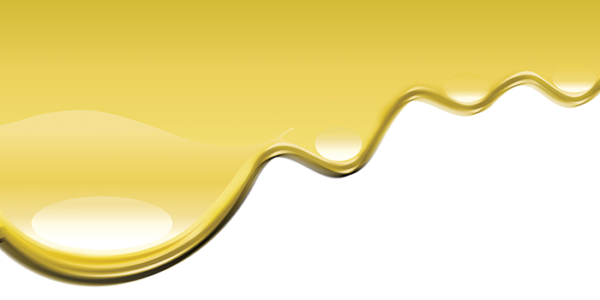Truck tire repair saves money
Tires are one of the largest equipment expenses facing fleet equipment managers, so it’s important to get the longest life possible out them. Retreading is one way that many fleets prolong the life of their tires. But many times a tire will encounter road debris that damages the tread section before the tire is ready
Winterizing diesel fuel systems
Winter may be winding down in some parts of the country, bur some fleets may still find these tips from the “Power Fleet” section of Penray’s website (www.penray.com) useful. As you know, diesel fuel solidifies in winter weather. Fleets may experience an inconvenient, expensive engine shut-down unless they take preventative steps! Diesel fuel contains paraffins,

Belt alignment and tension myths dispelled
Poor belt adjustment has been identified as a leading contributor to component failure. With the increased heat under the hoods of vehicles, especially those with the 2007 emissions controls, this issue remains timely. Many myths contribute to the problem; Jim LeClaire, president of T.O.P. Inc. reporting in Horton Inc.’s Cooling Concepts, dispels some of these
Driveline inspection procedures
ArvinMeritor offers these suggestions to keep your drive shaft and U-joints functioning properly: 1. Check for excess tolerances before lubing application. Lube may mask, or hide excessive play and tolerances. 2. U-Joint maximum end play is .006 in.; more than that will result in failure. 3. Slip movement, up and down, maximum allowance is .017
Troubleshooting hydraulic hose
Hydraulic hose and fittings found on modern diesel trucks can have a limited service life that is directly dependent on the conditions to which they are applied. Continuous use of hydraulic components at maximum working pressure, maximum recommended operating temperature and minimum bend radius can lead directly to premature failure, which could result in damage
Managing $4 diesel
The U.S. average price for diesel is over $4 a gallon and rising, with fill-ups hitting $1,200 or more. It’s now more important than ever to reduce fuel consumption. And less diesel consumed means less CO2 emitted to the atmosphere. One place to find improved fuel economy starts with resetting the engine electronic parameters. Ed
Servicing vehicles after floods
Due to the recent flooding in the Midwest, ArvinMeritor’s technical publications department is providing service bulletins to repair commercial vehicle components damaged by flood water. A special webpage, www.arvinmeritor.com/products/truckandtrailer/submerged_systems.asp, links visitors to two related bulletins, some key points of which are shown here (see website for details): Axles: Rear Drive/Front Drive Steer 1. Remove and
Choosing the right lift
According to the experts at Rotary Lift, when remodeling or building a new heavy-duty maintenance shop, a major factor to consider is which style of lifts to install. Inground lifts have been the top choice for heavy-duty vehicle maintenance for more than 80 years, but surface lifts are growing in popularity. For maximum productivity, inground
Electrical system checkup
According to Kenworth Truck Co. engineers, battery woes are common in winter, but what the people in the battery business know is that summer weakens a battery. Heat is what really damages batteries, with the increased demand of cold-weather cranking finishing the job. Here are some quick tips to help keep batteries and electrical systems
Eight ways to improve brake performance
The brake experts at ArvinMeritor offer tips to help truck maintenance professionals get the brake performance they expect. 1. Automatic Slack Adjusters: Always troubleshoot brakes when the air chamber stroke exceeds the allowable limits. When you need to replace one automatic slack adjuster, replace all the ASAs on the same axle with components that meet
